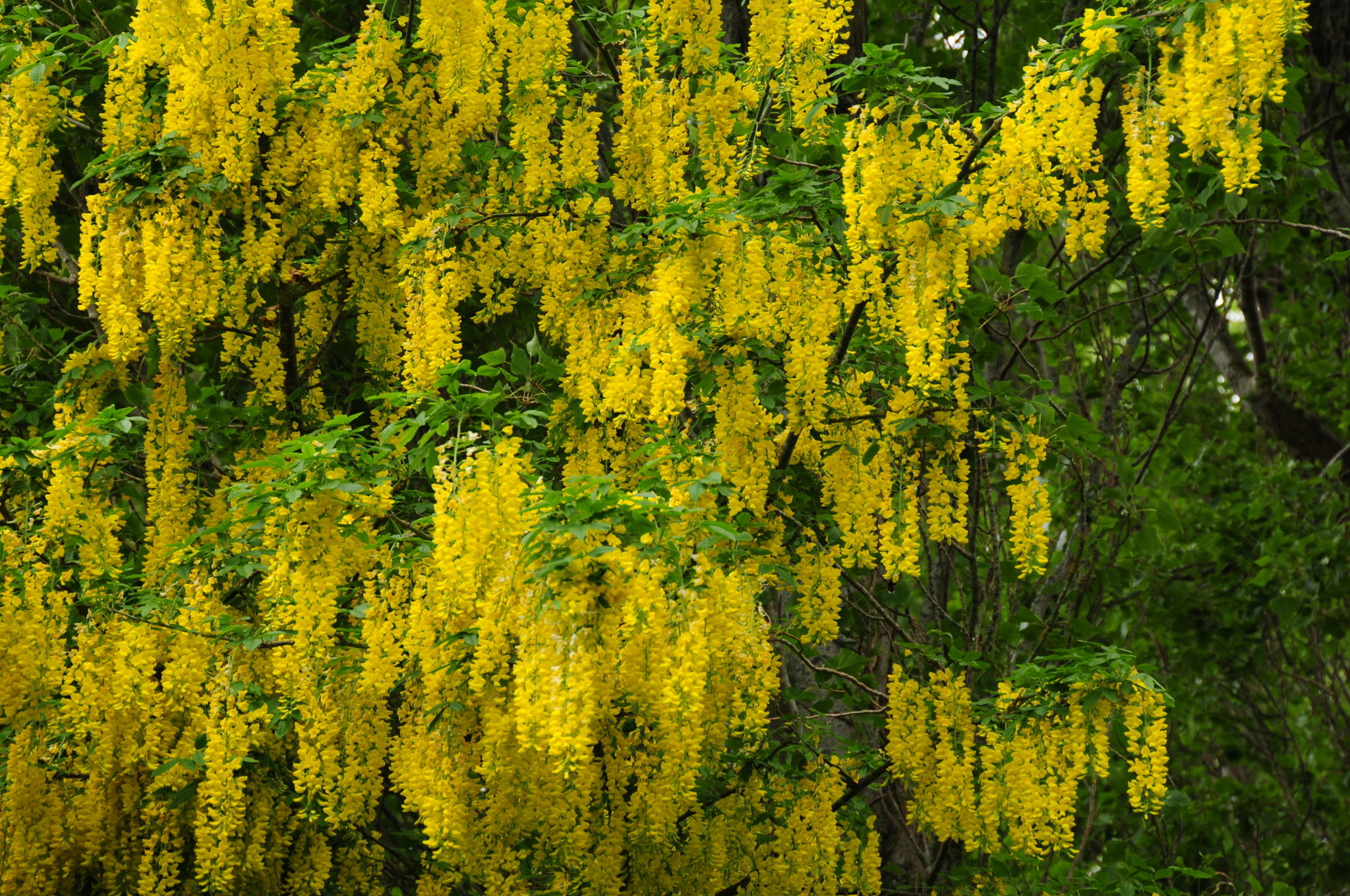The Role of Mimosa Hostilis in Sustainable Practices
Introduction to Mimosa Hostilis
Mimosa Hostilis, also known as Jurema or Tepezcohuite, is a fascinating plant native to the northeastern region of Brazil and parts of Mexico. Its bark has been traditionally used for various medicinal purposes and has recently gained attention for its role in sustainable practices. This plant is not only valued for its healing properties but also for its potential in environmental sustainability.

Ecological Benefits of Mimosa Hostilis
One of the primary ecological benefits of Mimosa Hostilis is its ability to thrive in harsh conditions. It grows well in arid regions with poor soil quality, making it an excellent candidate for reforestation projects in degraded areas. By planting Mimosa Hostilis, we can help restore these environments, prevent soil erosion, and promote biodiversity.
Moreover, Mimosa Hostilis is a nitrogen-fixing plant, meaning it can naturally improve soil fertility. This capability reduces the need for chemical fertilizers, promoting more sustainable agricultural practices. As a result, farmers can cultivate crops with fewer inputs, minimizing environmental impact.
Sustainable Uses in Various Industries
The sustainable uses of Mimosa Hostilis extend beyond reforestation. Its bark is rich in tannins, which can be used in the leather industry as a natural dye and tanning agent. This offers a more eco-friendly alternative to synthetic chemicals, significantly reducing pollution and waste.

In the cosmetic industry, Mimosa Hostilis is celebrated for its skin-healing properties. The powdered bark is often used in creams and ointments to treat burns, scars, and other skin ailments. By incorporating this natural ingredient, cosmetic companies can create products that are both effective and environmentally friendly.
The Role in Traditional Medicine
Indigenous communities have long utilized Mimosa Hostilis for its medicinal benefits. The plant is traditionally used to treat various ailments, including pain relief and wound healing. Recognizing and preserving these traditional practices is essential for cultural sustainability and biodiversity conservation.
Furthermore, scientific studies are beginning to explore these traditional uses to validate their efficacy and uncover new applications. This research not only helps preserve traditional knowledge but also contributes to developing new, sustainable products.

Challenges and Opportunities
Despite its many benefits, there are challenges in integrating Mimosa Hostilis into mainstream sustainable practices. Overharvesting and habitat destruction pose significant threats to its natural populations. Therefore, sustainable harvesting methods and conservation efforts are crucial to ensure the plant's longevity.
On the other hand, increased awareness and demand for sustainable products present opportunities to expand the cultivation of Mimosa Hostilis. By supporting fair trade practices and community-based projects, we can promote economic development while protecting the environment.
Conclusion
Mimosa Hostilis plays a vital role in promoting sustainable practices across various industries. Its ecological benefits, coupled with its versatile applications, make it a valuable resource for fostering environmental sustainability. By embracing this remarkable plant, we can take significant steps toward a more sustainable and healthier planet.